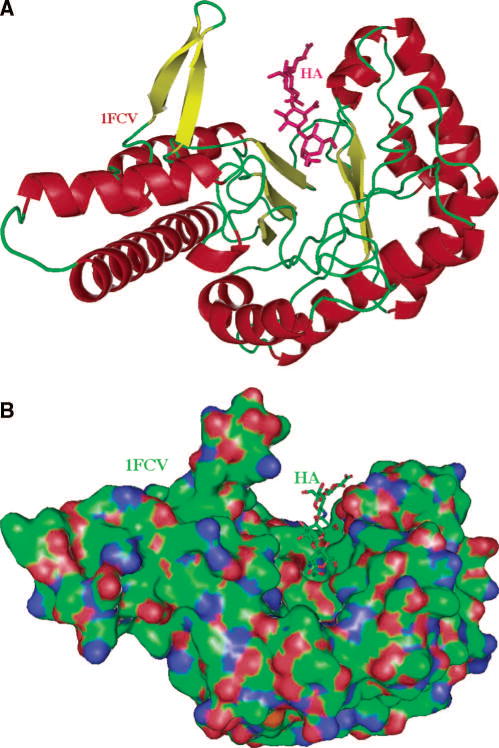Fig. 3. Sequence analysis of human hyaluronidases.
(A) Sequence alignment of the human hyaluronidases Hyal-1-Hyal-4, PH-20/SPAM1 based on the known X-ray structure of bee venom Hyal.
The identity between all sequences varies from 33.1% between Hyal-3 and -4 to 41.2% between Hyal-4 and HPH-20 12,101. The identity of the sequence of the BVHyal enzyme in the aligned region ranges from 22.9% for PH-20 to 25.2% for Hyal-1. The catalytic Glu H-donor residue and the residues positioning the nucleophile/base of the substrate are strictly conserved (Table 1), with the exception of Cys264 residue of Hyal-4, which may reflect specificity of this enzyme for Ch/ChS. The types of amino acid residues are color coded as follows: red - AVFPMILW small residue, green - STYHCNGQ hydroxyl, amine, or basic, blue - DE acidic, magenta - RK basic, and gray = others. The conserved residues are marked with ‘*’ – identical in entire column, ‘:’ – conserved according to color scheme above, and ‘.’ – semi-conserved substitutions are observed. The proposed catalytic Glu H-donating residue is in addition marked with ‘σ‘ whereas residues positioning the carbonyl nucleophile/base is marked with ‘λ‘. The sequence of the portion of the BVHyal enzyme that was crystallized is underlined. The sequences were aligned and the figure was made using Clastal W 1.82 101.
(B) Schematic diagram of domain composition of human Hyals.
Human Hyals are composed of two domains, a major catalytic domain followed by a C-terminal one of unknown function. These domains are connected by a probably flexible peptide linker. The short segment at the extreme N-terminus is independent of the catalytic domain and assumes an α-helical conformation 12. The secondary structure elements for each domain are also indicated.

